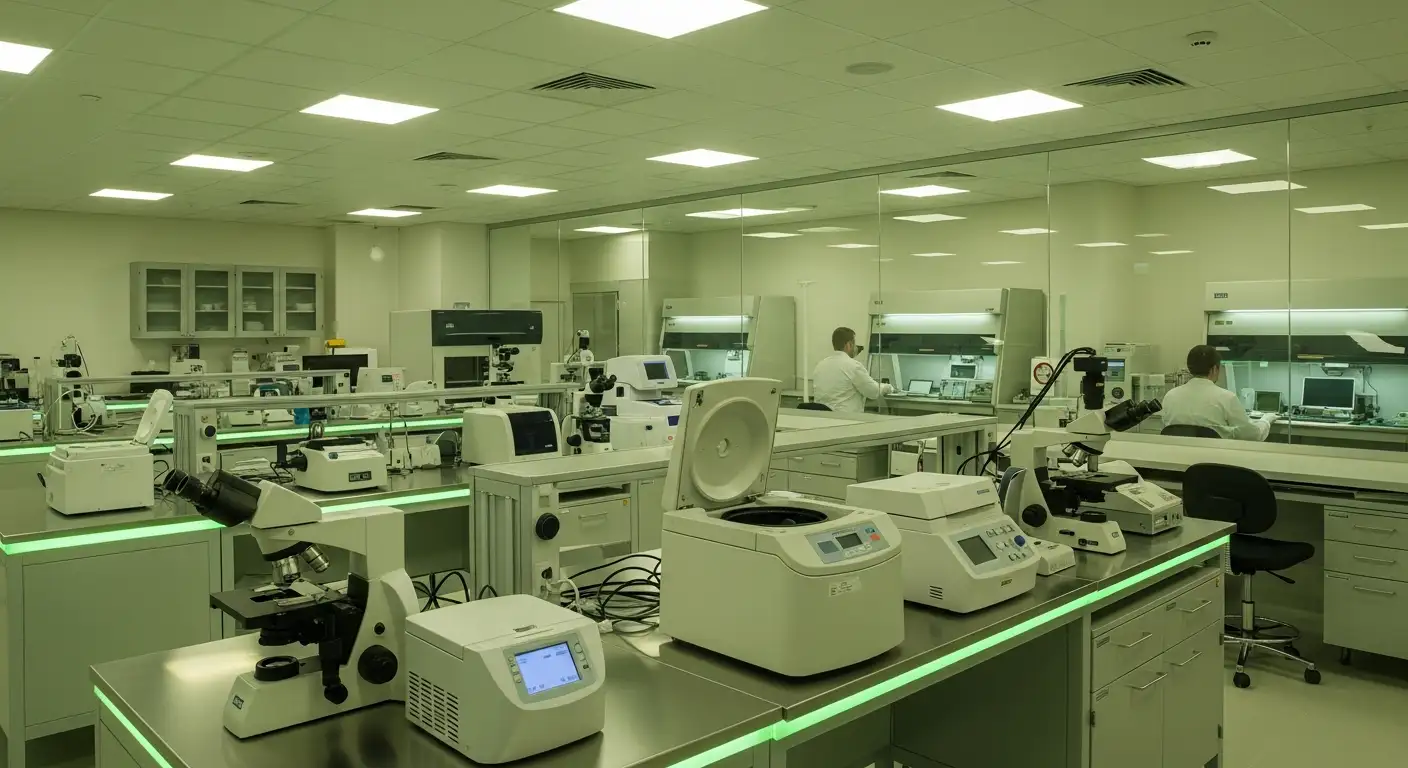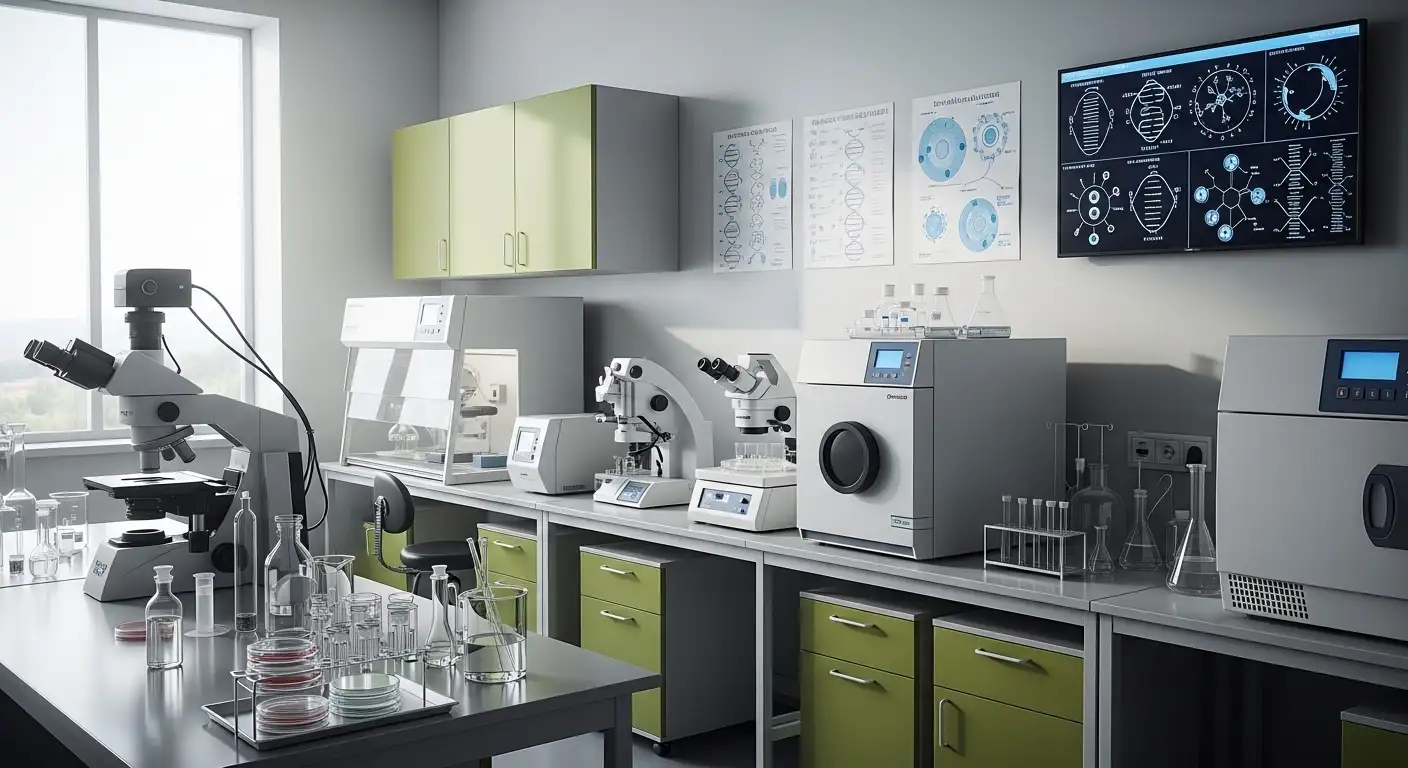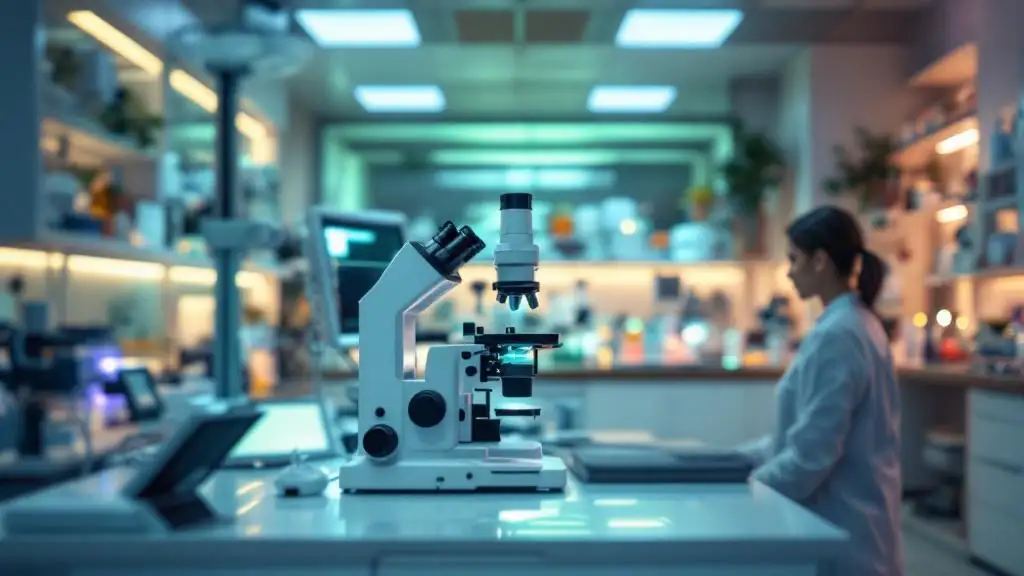Understanding your menstrual cycle and ovulation window
Unlocking Fertility: Essential Insights into Menstrual Cycles and Ovulation

The Journey of Reproductive Health Begins Here
Understanding the menstrual cycle and ovulation window is fundamental for individuals and couples aiming to conceive or manage reproductive health effectively. This article unpacks the biological rhythms, fertility indicators, and medical insights crucial to optimizing chances of pregnancy and addressing challenges related to conception.
The Menstrual Cycle: Phases and Hormonal Regulation
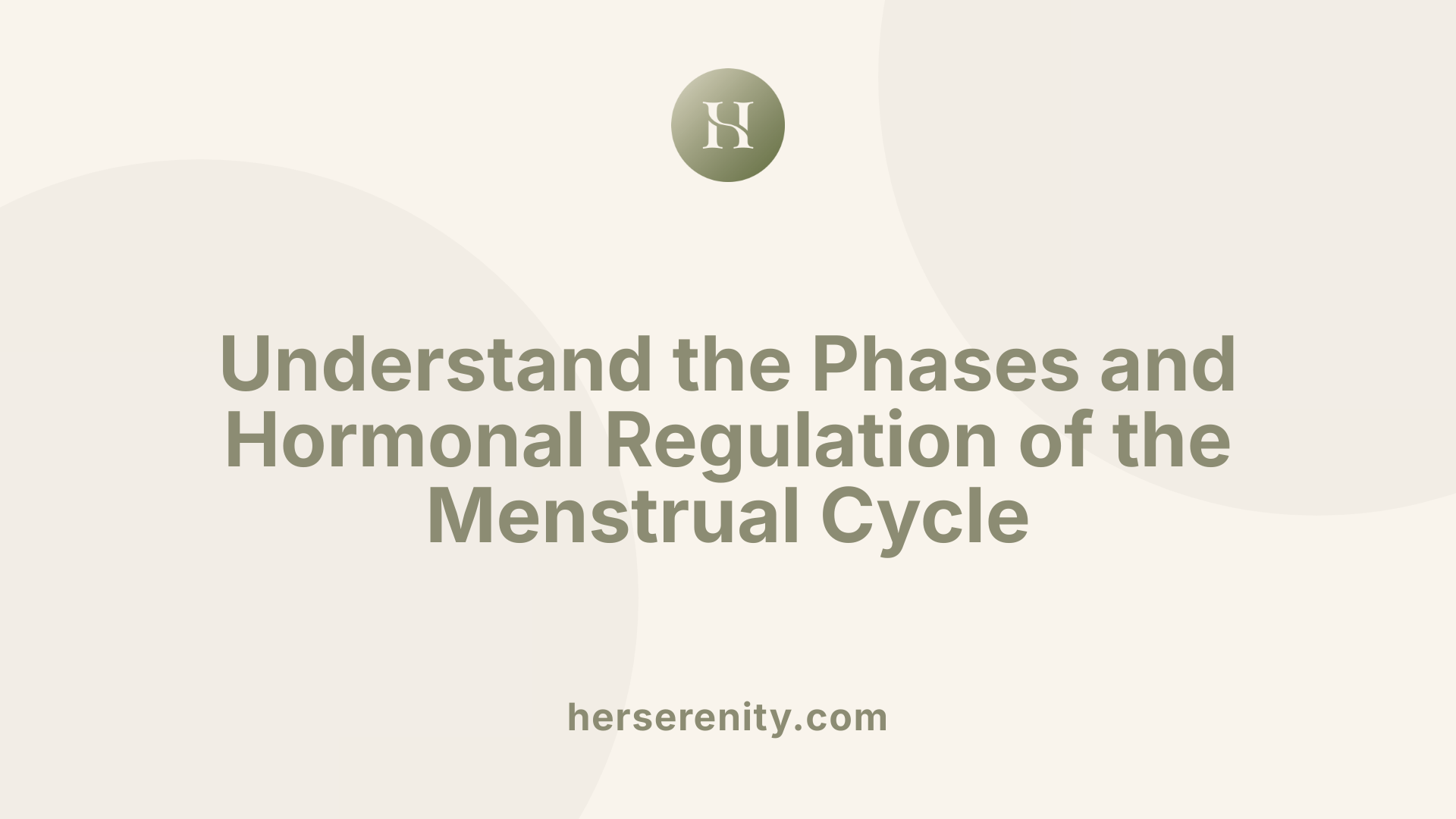
How long does the menstrual cycle typically last, and how much does it vary?
The average menstrual cycle lasts about 28 days, but normal cycles can range from 21 to 35 days, and sometimes even between 24 to 38 days. This variability depends on individual factors such as age, hormonal changes, and overall health. The cycle begins with menstruation, where the uterine lining is shed if pregnancy has not occurred.
What hormones control the menstrual cycle?
The menstrual cycle is primarily regulated by the interplay of hormones including estrogen, progesterone, follicle-stimulating hormone (FSH), and luteinizing hormone (LH). Estrogen levels rise during the follicular phase, stimulating the maturation of ovarian follicles and thickening of the uterine lining. LH surge triggers ovulation — the release of an egg from the ovary. Progesterone dominates the luteal phase, maintaining the uterine lining for potential implantation.
What are the main phases of the menstrual cycle?
The menstrual cycle consists of four main phases:
- Menses: Shedding of the uterine lining lasting 3 to 7 days.
- Follicular Phase: Rising estrogen promotes follicle development and prepares the uterus.
- Ovulation: Typically occurs around day 14 in a 28-day cycle, marked by an LH surge and release of an egg.
- Luteal Phase: Progesterone maintains the uterine lining; if fertilization doesn't occur, hormone levels drop, triggering menstruation.
Throughout these phases, hormonal fluctuations orchestrate ovulation and uterine changes that prepare the body for a potential pregnancy. Variations in cycle length or irregularities often relate to hormone imbalances and may impact fertility.
Decoding Ovulation and the Fertility Window

When Does Ovulation Occur?
Ovulation typically happens about 12 to 14 days before the start of the next menstrual period. In a regular 28-day cycle, this usually falls around day 14. However, since cycle lengths can range from 21 to 35 days, the exact ovulation day varies for each woman. Ovulation marks the release of a mature egg from the ovary, which is essential for fertilization.
What Is the Fertile Window and Why Does It Matter?
The fertile window is the critical period when intercourse can lead to pregnancy. This window includes the five days before ovulation, the day of ovulation itself, and up to 24 hours after ovulation—totaling about six to seven days. This timeframe exists because sperm can survive in the female reproductive tract for up to five days, while the egg remains viable for about 12 to 24 hours after release.
How Does Ovulation Impact Conception?
Conception occurs when sperm meets and fertilizes the egg during ovulation. Having sexual intercourse daily or every other day during the fertile window maximizes the chance of sperm being present when the egg is released. Outside this window, pregnancy is highly unlikely because the egg is not available for fertilization. Understanding ovulation timing and the fertile window is therefore crucial for couples trying to conceive naturally.
Tracking Ovulation: Methods and Their Effectiveness
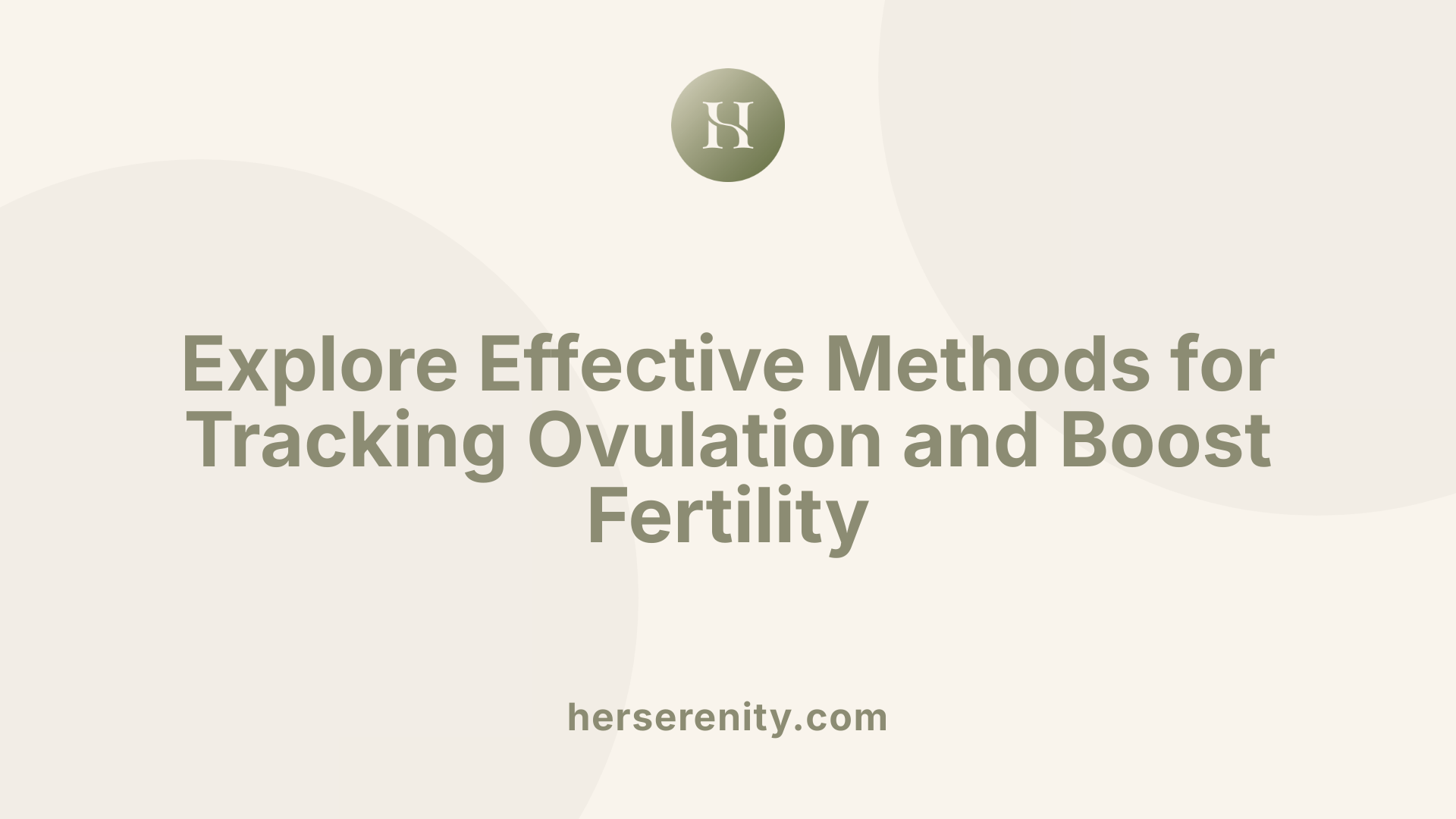
How is basal body temperature used to track ovulation?
Basal body temperature (BBT) tracking involves measuring your temperature daily before getting out of bed. After ovulation, BBT typically rises by about 0.4 to 0.8°F due to increased progesterone. Charting this temperature shift helps identify when ovulation has occurred, pinpointing fertile days retrospectively.
What changes occur in cervical mucus during ovulation?
Cervical mucus shifts in texture and appearance throughout the cycle. Around ovulation, it becomes clear, slippery, and stretchy, resembling raw egg whites. This type of mucus facilitates sperm movement and indicates the most fertile days. Observing these mucus changes is a natural and effective method to estimate ovulation.
How does the calendar method predict ovulation?
The calendar method estimates ovulation based on past cycle lengths. Ovulation usually occurs about 12 to 14 days before the next period. By charting your cycles, you can predict the fertile window, which includes about five days before ovulation, the day of ovulation, and the day after, totaling roughly seven days. However, its accuracy decreases with irregular cycles.
What role do ovulation predictor kits play?
Ovulation predictor kits (OPKs) detect the surge in luteinizing hormone (LH) that occurs 12 to 36 hours before ovulation. This provides an advance indication of ovulation, allowing timely planning for conception. OPKs are convenient and generally reliable but can be less effective in cases of hormonal imbalances.
How do fertility awareness apps assist in tracking ovulation?
Fertility awareness apps combine data like BBT, menstrual cycle dates, and sometimes OPK results. Apps like Natural Cycles use algorithms to predict ovulation and fertile days. Many are FDA-approved and can enhance accuracy when used correctly. Subscriptions may be required, but they offer an accessible way to monitor fertility.
| Method | How It Works | Accuracy and Considerations |
|---|---|---|
| Basal Body Temperature | Measures temperature rise post-ovulation | Effective with consistent tracking; retrospective detection |
| Cervical Mucus Changes | Observes mucus texture indicative of ovulation | Natural, non-invasive; requires daily attention |
| Calendar Method | Uses cycle length to estimate ovulation day | Simpler but less accurate with irregular cycles |
| Ovulation Predictor Kits | Detects LH hormone surge preceding ovulation | Reliable; may be costly; less effective with hormonal issues |
| Fertility Awareness Apps | Integrates multiple fertility indicators | Convenient; improves prediction if data is accurate |
Irregular Cycles and Their Impact on Fertility Awareness
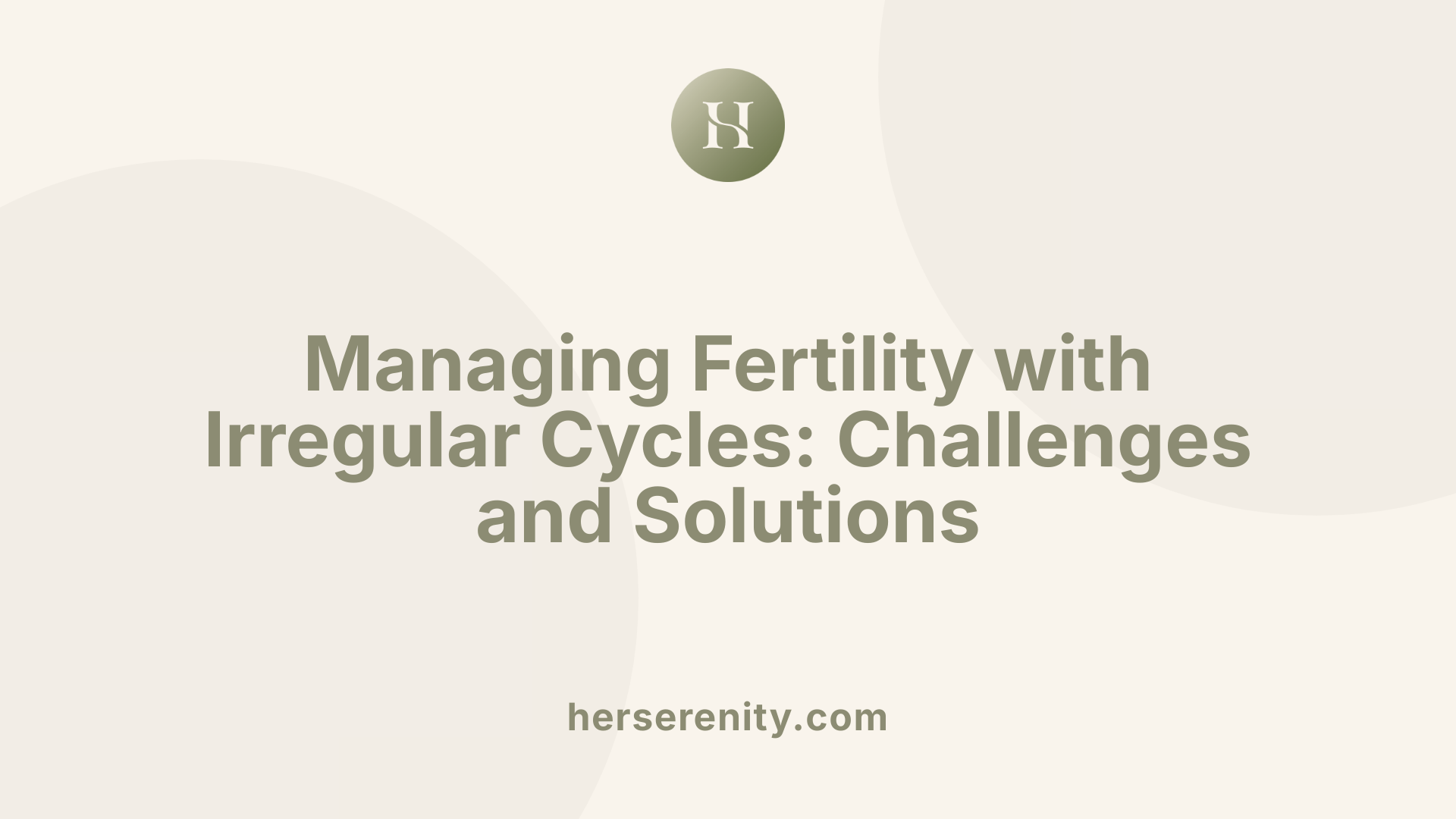
What causes irregular periods?
Irregular periods can stem from various causes including hormonal imbalances, such as fluctuations in estrogen and progesterone levels. Conditions like polycystic ovary syndrome (PCOS), thyroid disorders, stress, significant weight changes, and certain medical issues can disrupt the regularity of the menstrual cycle.
What challenges do irregular cycles pose to natural family planning?
Irregular cycles complicate the prediction of ovulation, making timing for conception or contraception less reliable. Natural family planning methods, which depend on identifying ovulation through calendar tracking, basal body temperature, or cervical mucus observations, become more difficult with unpredictable cycle lengths. These irregularities often reduce the effectiveness of these methods, necessitating alternative strategies or combined approaches.
Why is healthcare consultation important for irregular cycles?
Consulting a healthcare provider is crucial when experiencing irregular periods. A professional evaluation can diagnose underlying causes, such as hormone imbalances or reproductive health issues, and provide appropriate treatments or interventions. Moreover, medical guidance enhances the effectiveness of fertility awareness by integrating clinical insights with personal tracking, ultimately improving chances for conception or managing reproductive health safely.
Lifestyle Factors Influencing Fertility and Reproductive Health
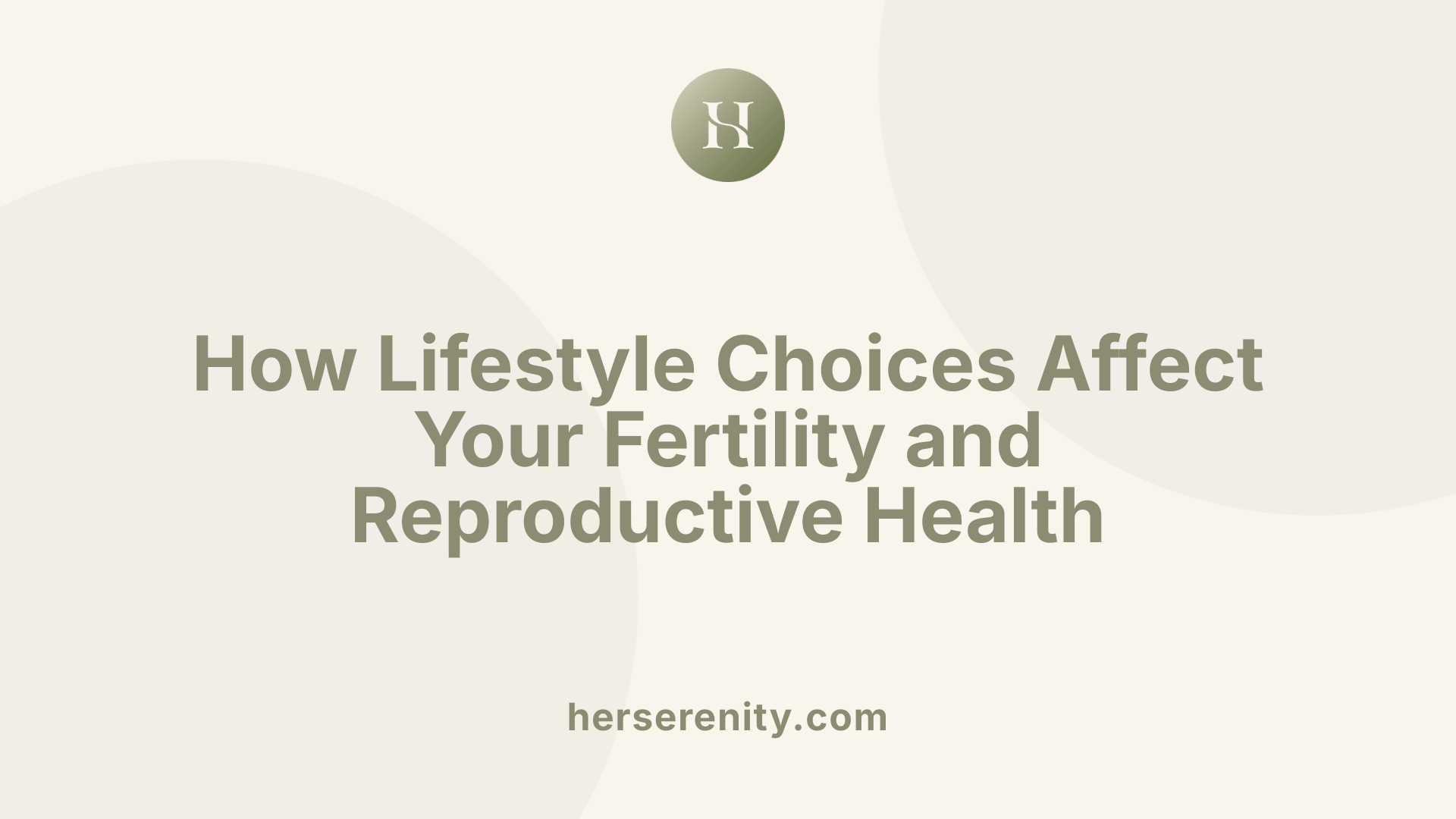
What lifestyle factors can affect fertility and reproductive health?
Maintaining a healthy weight and good nutrition is crucial for optimal fertility. A nutrient-rich diet packed with antioxidants supports reproductive health by protecting cells from damage and promoting hormone balance. Conversely, being underweight or significantly overweight can disrupt menstrual cycles and ovulation.
Smoking and excessive alcohol intake negatively impact fertility in both men and women. Tobacco use compromises sperm quality and egg health, while alcohol can interfere with hormone regulation and menstrual function. Exposure to environmental toxins such as pesticides and heavy metals similarly poses risks by disrupting endocrine function.
Stress management also plays an important role since chronic stress can affect hormone levels and ovulation timing. Practicing stress-reducing activities like mindfulness, regular exercise, and adequate sleep can improve reproductive outcomes.
Age remains a significant factor: female fertility typically begins to decline after age 30, with more noticeable decreases after 35. Male fertility also diminishes with advancing age, particularly beyond 35 years. Early family planning and seeking personalized medical advice can help mitigate these effects.
In summary, healthy lifestyle choices including balanced diet, avoidance of harmful substances, effective stress management, and timely planning are key contributors to reproductive health and fertility success.
Common Causes of Infertility in Men and Women
What are some common causes of infertility in men and women?
Infertility affects about one-third of couples and can stem from a variety of causes in both men and women. In women, common infertility factors include ovulation disorders such as polycystic ovarian syndrome (PCOS), which disrupts normal hormone levels and egg release. Structural issues like blocked fallopian tubes or damage due to infections (e.g., chlamydia), endometriosis, uterine polyps, and fibroids can also hinder fertility. Additionally, age plays a significant role as egg quality and quantity decline over time, making conception more difficult.
Male infertility often arises from problems with sperm quantity and quality. These issues include low sperm count, poor motility (movement), and abnormal morphology (shape). Hormonal imbalances, varicocele (enlargement of veins in the scrotum), genetic disorders, or past injuries can also impact male fertility.
Health conditions affecting either partner, such as autoimmune diseases or chronic illnesses, may influence fertility. Lifestyle factors are equally important; smoking, excessive alcohol consumption, obesity, exposure to environmental toxins, and stressful conditions can reduce reproductive potential for men and women alike.
Proper diagnosis through medical evaluation is essential to identify the root causes of infertility. Treatment options vary widely, from medication to induce ovulation to surgical interventions for correcting structural problems. Assisted reproductive technologies (ART), including intrauterine insemination (IUI) and in vitro fertilization (IVF), offer solutions when natural conception is challenging. Addressing lifestyle factors such as improving diet and avoiding harmful habits can further enhance fertility outcomes for both partners.
Medical Treatments to Assist Conception
What are the common medical treatments available to assist individuals and couples with conception?
Several medical treatments are available to support individuals and couples struggling with fertility. These range from medications to sophisticated reproductive technologies and surgical procedures.
Fertility Medications Medications such as clomifene, metformin, and gonadotrophins are commonly prescribed to regulate ovulation and address hormonal imbalances. Women with Polycystic Ovary Syndrome (PCOS) or ovulation disorders often benefit from these drugs, which stimulate the development and release of eggs.
Surgical Interventions Surgery can be used to correct anatomical problems that hinder conception. This includes repairing blocked fallopian tubes, removing ovarian cysts caused by endometriosis, excising fibroids from the uterus, or treating epididymal blockages in men. These procedures aim to restore normal reproductive function.
Assisted Reproductive Technologies (ART) ART encompasses a range of techniques such as intrauterine insemination (IUI) and in vitro fertilization (IVF). IUI involves placing sperm directly into the uterus around the time of ovulation to facilitate fertilization. IVF entails retrieving eggs and fertilizing them with sperm in a laboratory setting before implanting embryos back into the uterus, greatly increasing the chance of pregnancy.
Donor Gametes and Surrogacy When conventional methods are unsuccessful or not possible, donor eggs, sperm, or embryos may be used. Surrogacy is another option where another woman carries the pregnancy for individuals or couples unable to do so themselves.
Together, these medical interventions offer hope and significantly improve the possibility of conception for individuals facing fertility challenges.
The Role of Assisted Reproductive Technologies (ART) in Overcoming Infertility
How do assisted reproductive technologies (ART) like IVF help in overcoming infertility?
Assisted reproductive technologies (ART), such as In Vitro Fertilization (IVF) and Intrauterine Insemination (IUI), provide crucial assistance to couples facing infertility by facilitating conception beyond natural barriers. IVF involves stimulating the ovaries to produce multiple eggs, retrieving these eggs in a minimally invasive procedure, and fertilizing them in a laboratory setting. This external fertilization bypasses issues like blocked fallopian tubes or low sperm quality. The resulting embryos are monitored carefully, and selected embryos are transferred into the woman’s uterus to boost the chances of pregnancy.
IUI, on the other hand, involves placing sperm directly into the uterus around the time of ovulation, enhancing sperm proximity to the egg and improving fertilization odds.
Indications and benefits
ART is especially useful for individuals with conditions such as:
- Endometriosis
- Uterine abnormalities like fibroids
- Unexplained infertility
- Severe male factor infertility
- Genetic disorders requiring embryo screening
Benefits include precise control over fertilization, embryo quality assessment, and improved conception chances when natural methods have failed or are not possible.
Success factors and challenges
Several factors influence ART success, including:
- Maternal age: Younger women generally have higher success rates.
- Egg and sperm quality
- Underlying reproductive health
Challenges include the emotional and physical demands of treatment, variable success rates, and financial costs. Nevertheless, ART remains a transformative option, significantly increasing the likelihood of pregnancy for many couples struggling with infertility.
Technological Advances Transforming Fertility Treatment and Tracking
How has technology advanced the field of reproductive health and fertility treatments?
Technological advancements have revolutionized reproductive health and fertility treatments, enhancing both outcomes and patient experience. One major improvement is in in vitro fertilization (IVF) techniques: refinements in culture media, time-lapse embryo imaging, and optimized protocols have increased embryo viability and implantation success.
Another significant innovation is genetic testing of embryos, known as preimplantation genetic testing (PGT). This allows clinicians to select embryos with the best genetic profiles, reducing miscarriage rates and increasing the probability of a healthy pregnancy.
Cryopreservation technology, particularly vitrification, has greatly improved the survival rates of eggs and embryos after thawing. This advancement supports fertility preservation, helping individuals delay childbearing without compromising reproductive potential.
Beyond clinical treatments, fertility tracking apps and devices have gained popularity. Smartphones and wearable technologies collect data such as basal body temperature, cycle length, and hormone levels to predict ovulation accurately. Apps like Natural Cycles use algorithms to provide personalized fertile window estimations, assisting both in conception and natural family planning.
Together, these technological advances have made fertility treatments more effective, safer, and tailored to individual needs, empowering people with more options and better information to manage their reproductive health.
Ethical Considerations in Assisted Reproductive Technologies
What ethical considerations arise with assisted reproductive technologies?
Assisted reproductive technologies (ART) involve several important ethical concerns. One major area is embryo welfare and disposition. Decisions about what to do with unused embryos—whether to discard, donate for research, or store indefinitely—pose complex moral questions that require careful consideration.
Respect for patient autonomy is essential, with thorough informed consent processes ensuring individuals understand medical risks, the implications of donor anonymity, and parental rights. Transparency is crucial to uphold patients' decision-making power.
Equity and access to ART present another ethical dimension. Treatments should be made available without discrimination based on factors like race, socioeconomic status, or sexual orientation. Ensuring fairness helps promote justice and prevents marginalized groups from being excluded.
Societal implications further complicate ethical decision-making. Advanced techniques such as cloning or genetic modification raise concerns about eugenics, psychosocial harm, and societal inequality. These issues require ongoing public dialogue and regulatory oversight.
Balancing potential health risks, cost, and access, while considering alternatives like adoption, helps frame an ethical approach that respects individuals' reproductive choices and broader social responsibilities.
Preconception Care and Planning for Successful Pregnancy
Why Is Preconception Counseling Important?
Preconception counseling is essential for couples planning to conceive as it helps optimize health conditions, address potential fertility issues, and increase the chances of a successful pregnancy. Health providers can guide on lifestyle changes such as improving diet, quitting smoking, abstaining from alcohol, and introducing prenatal vitamins like folic acid which are vital for fetal development.
What Screenings and Health Optimizations Are Recommended?
Before conception, routine screenings assess overall reproductive health and detect possible conditions that may impact fertility or pregnancy outcomes. These screenings often include hormonal evaluations, checks for infectious diseases, and lifestyle risk assessments. Identifying hormone imbalances or irregular cycles early can direct appropriate treatments to improve fertility prospects.
How Should Sexual Activity Be Timed for Best Conception Chances?
For optimal likelihood of conceiving, couples should have sexual intercourse every day or every other day during the fertile window, which spans about seven days: the five days before ovulation, the day of ovulation, and one day after. Since sperm can survive in the female reproductive tract for up to seven days, regular intercourse during this period maximizes pregnancy chances. Methods such as basal body temperature tracking, cervical mucus monitoring, and ovulation predictor kits help pinpoint this window accurately.
These combined strategies—health optimization through counseling and screenings, coupled with well-timed sexual activity—increase the chance of conception and help couples prepare effectively for pregnancy.
Empowering Your Fertility Journey
A comprehensive understanding of your menstrual cycle and ovulation window forms the cornerstone of reproductive health and fertility management. Combining natural awareness methods with modern medical treatments and technology offers informed and personalized pathways to parenthood. Embracing healthy lifestyle choices, seeking professional guidance when needed, and respecting ethical considerations ensures a supportive environment for conception and fertility care. This knowledge empowers individuals and couples to navigate their fertility journey with confidence and hope.
References
- Calculating Your Monthly Fertility Window
- Periods and fertility in the menstrual cycle - -
- Trying to conceive
- Menstrual Cycle (Normal Menstruation): Overview & Phases
- Fertility Awareness-Based Methods to Prevent Pregnancy
- Fertile Window: Ovulation & When To Have Sex?
- Emerging Trends in Fertility Treatments: What's New in 2025
- AMA Code of Medical Ethics' Opinions Related to Global ...
- An Ethical Perspective on Reproductive Technologies
- Treatment for infertility
